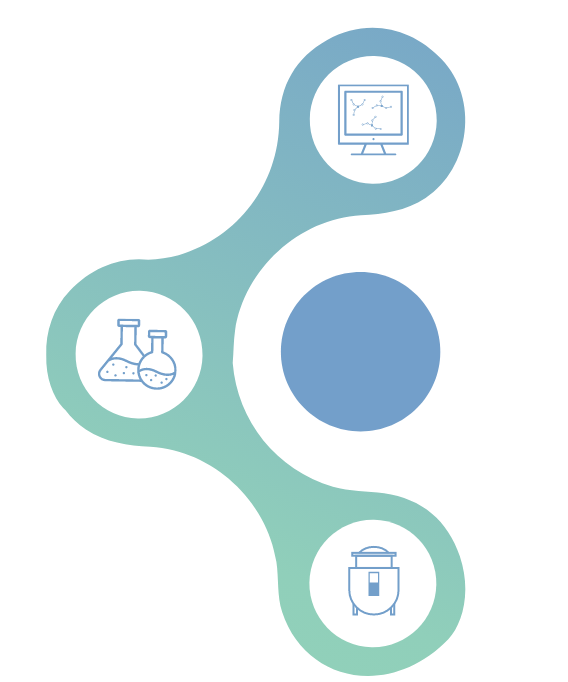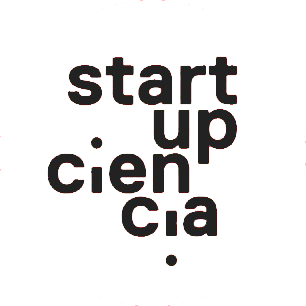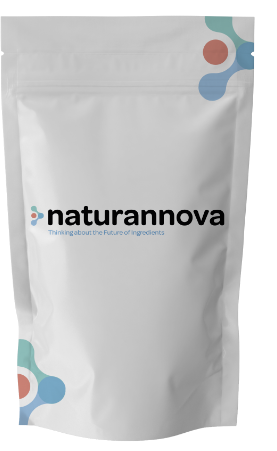
Plant-based
protein flavors
We are on a mission to unlock the potential of novel plant proteins to create healthier, sustainable and clean label ingredients.
Technology
Our computational platform analyses the hidden fingerprints that define the structures, dynamics and functions of proteins that will become in novel, natural and sustainable ingredients.












1. Technological sense
We combine the AI’s strengths and bioinformatics to recreate how proteins are involved in modulating flavors perception.
2. Experimental Sense
In silico protein candidates are tested in the laboratory to explore flavor diversities.
3. Scaling
Using the power of microorganisms as a biology factory we produce our natural and sustainable ingredients.
Join the team
We are a team of scientists, engineers and business leaders working to transform the future of food.










Juan Duarte
CEO
Biotechnology engineer PhD.


Sebastián Mustafa
CSO
Biotechnology engineer


Antonella De Lazzari
CBO
Industrial engineer


Fabián Gonzalez
CTO
Bioinformatic engineer PhD.



Our extraordinary supporters












Common Questions










Peptides are smaller versions of proteins. Both proteins and peptides are made up of amino acids, but peptides contain far fewer amino acids than proteins. Like proteins, peptides are naturally present in foods or already exist in the body. Proteins can be digested by enzymes (other proteins) into short peptide fragments. Among cells, peptides can perform biological functions. Nature is the largest source of peptides since plants, animals, fungi, microbes and their products contain proteins that can yield bioactive peptides. In the human body, peptides are found in every cell and tissue and perform a wide range of essential functions.
Precision fermentation essentially uses biotechnology to reengineer common microbes, like yeast, to produce a protein or substance that is identical to those generally found in places like eggs, dairy or sweeteners when fermented. The Good Food Institute describes precision fermentation as a way to make microbes behave as “cell factories” that make a large quantity of something new.

